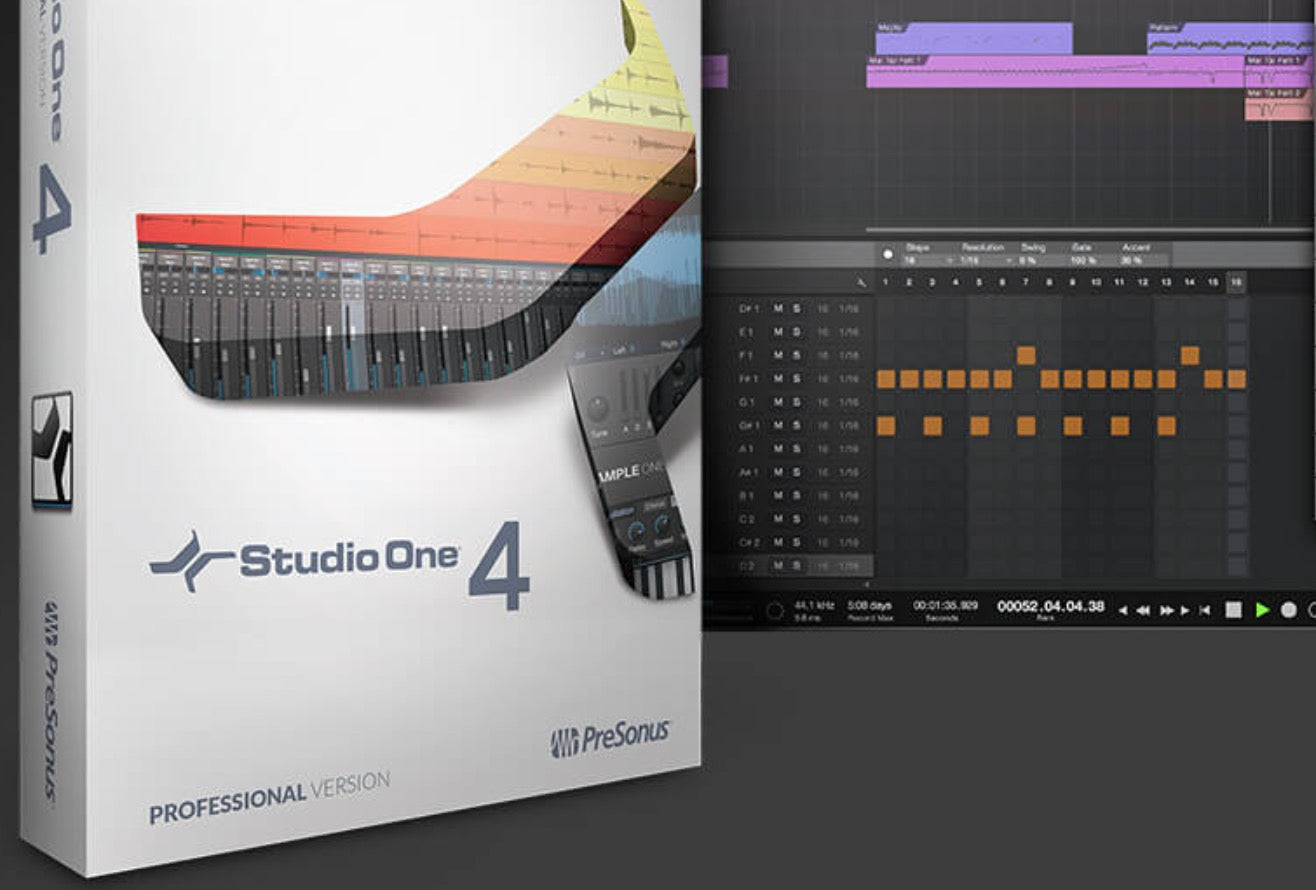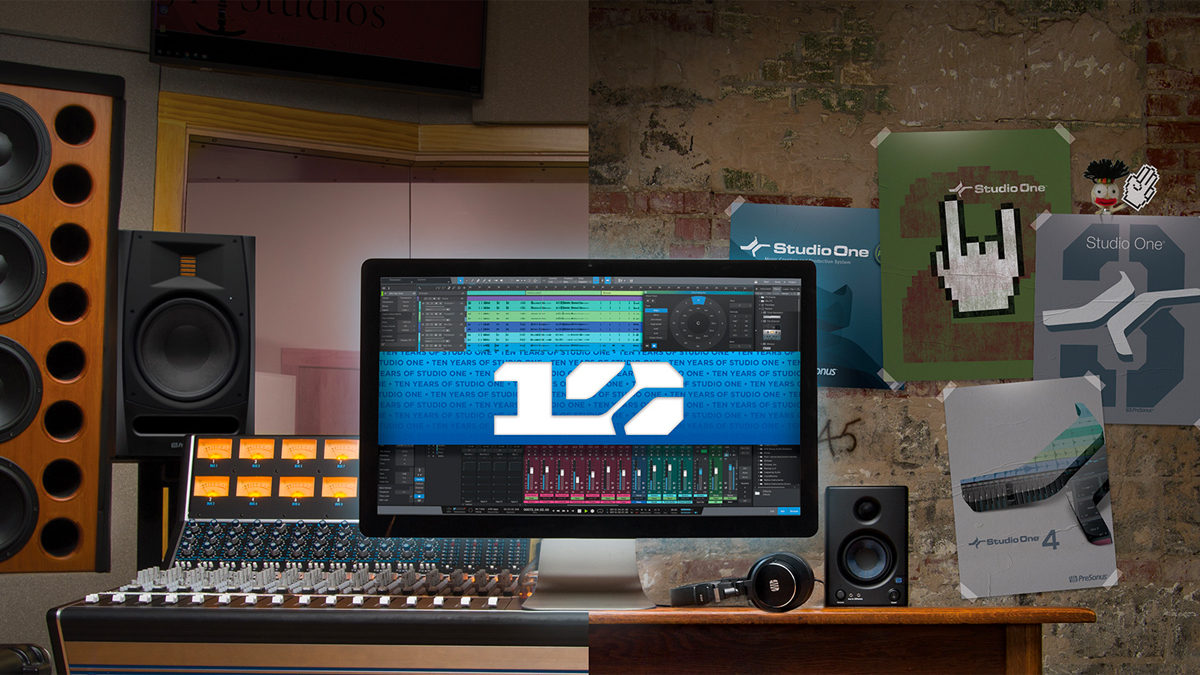

While some of the brands and products from them are designed classy and warm with their mahogany wood, the JBL Studio 180 floorstanders aren’t. The Studio 180 floorstanders speakers, in comparison to the AVR 134 are monstrous. Of course, the remote control is all you’ll ever need while using this setup. The quality of the buttons at the front of the receiver is of decent quality, but we would’ve liked a more solid metal or a heavier volume dial. Setting up the AVR 134 with the speakers is relatively simple. The controls at the rear are of the clip-on type, so if you’re using thick cables, it’s a little bit of pain to set up.
#Studio one review manual
The manual details the menu structure on the receiver. Fortunately, once you setup and calibrate the speakers to your liking, there’s little need to play around with the settings. This means you have to depend on the LED display at the front of the amplifier while setting it up. One of the missing features on the AVR 134 has to be the lack of an OSD display projected on the TV, like you find on other high-end amplifiers. There’s an optical input and two coaxial connectors for digital audio inputs, which can be configured to be used with the video inputs including HDMI. Lack of other standards such as Dolby TruHD might also bother some. This means you have to use one of the other digital inputs to route high quality audio. The biggest drawback of the receiver is the lack of audio over HDMI. Then, come the directional buttons and volume controls, followed by presets and finally, the media controls that we just talked about. The source selection buttons make up for a third of all the controls on the top of the remote. The remote control too, is stylish and large. The controls for which are present on the remote. The only inputs at the front are the composite connect, along with two RCA connects for the audio. There’s also a USB slot at the front for users to be able to connect storage devices to play media from. Studio Ones rear satellites don't match the look of the rest There are three HDMI connects and one HDMI output.

#Studio one review pro
The receiver supports Dolby Pro Logic II and DTS 5.1 stream processing. The AVR 134 packs a decent punch - it can drive five channels, each at 100 Ohms, if required. The Studio 140P woofer comes with a phase switch and the standard crossover dial and a volume control. The floorstanders are rated at 90W each, the centre channel speaker at 60W and the rear Control One satellites at 50W each. JBL has a few pre-configured home-theater configurations, out of which we’ll be looking at the Studio One today.Īt the heart of the JBL Studio One, is the Harman Kardon AVR 134 receiver, which powers the two Studio 180 floorstanders, a Studio 120C centre channel speaker, a Studio 140P woofer and two smaller Control One rear-satellites.

Now, each component has its own characteristic sound and it’s not as simple as going out and buying any random set of speakers and putting them together as a home theatre system.

A good home theatre system is a mix of a bunch of components - the amplifier that powers all of the satellite speakers, a separate subwoofer unit and sometimes rear- satellite speakers. As if that wasn’t bad enough, you need compatible components that play well with each other. When you’re out shopping for a high-end home theatre system, things can get confusing as you look for more and more expensive hardware.


 0 kommentar(er)
0 kommentar(er)
